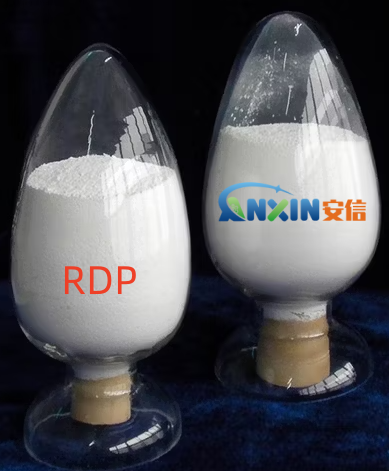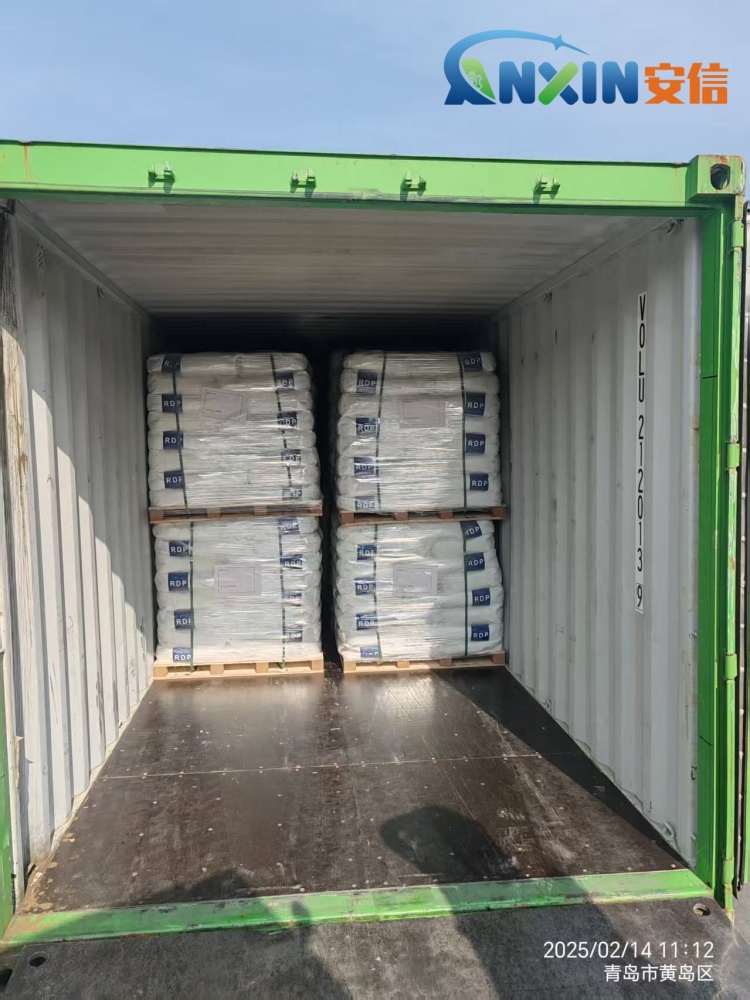Does the Dry Mixed Product Contain Redispersible Polymer Powder?
1. Understanding Dry Mixed Products
Dry mixed products are pre-blended powdered formulations that require only the addition of water before use. They are commonly used in construction and renovation tasks. These products ensure convenience, consistency, and quality control in a variety of building applications. Some common examples include:
Tile adhesives
Skim coats
Self-leveling compounds
Exterior and interior plasters
Wall putties
Cement-based waterproofing systems
Repair mortars and grout
To improve the functional performance of these dry mixes, manufacturers incorporate various chemical additives, including redispersible polymer powders (RDPs).
2. What Is Redispersible Polymer Powder (RDP)?
RDP is a free-flowing, white or off-white powder made by spray-drying an emulsion of polymer dispersions, typically vinyl acetate–ethylene (VAE), acrylic, or styrene-butadiene copolymers. These powders are stabilized with protective colloids, such as polyvinyl alcohol (PVA) or cellulose ethers.
When mixed with water, RDP redisperses into a stable polymer emulsion, similar to the original liquid form before drying. This property is what makes RDP so valuable in dry mix systems: it combines the performance of liquid polymers with the handling and storage advantages of powder.
3. Why Is RDP Added to Dry Mixes?
Inclusion of redispersible polymer powder significantly enhances the properties of the final product. Here’s how RDP contributes to dry mix formulations:
3.1. Improved Adhesion
RDP provides strong bonding properties between mortars and difficult substrates like concrete, masonry, gypsum board, and existing tile surfaces. It improves adhesion in both dry and wet conditions.
3.2. Enhanced Flexibility and Crack Resistance
By introducing flexibility, RDP-modified mortars can accommodate substrate movements and thermal expansion, reducing the risk of cracks.
3.3. Water Retention and Workability
RDP improves the water retention capacity of dry mixes, ensuring proper hydration of cement and enhancing workability and open time, especially in hot or dry climates.
3.4. Mechanical Strength
Dry mixes with RDP generally show improved tensile, compressive, and impact strength. This results in more durable surfaces that resist wear and environmental stresses.
3.5. Water Resistance
Some types of RDP also improve the hydrophobic (water-repelling) qualities of dry mixes, essential for waterproofing mortars or exterior applications.
3.6. Deformation Tolerance
Mortars with RDP show better deformation tolerance, crucial in applications exposed to vibration or mechanical stress, such as floor systems or exterior walls.
4. Which Dry Mix Products Typically Contain RDP?
4.1. Tile Adhesives and Tile Grouts
Cement-based tile adhesives (CBTA) often contain RDP to meet standards like C2 (improved adhesion) and S1/S2 (flexible adhesive). In grout, RDP improves water resistance and reduces shrinkage.
4.2. Wall Putty and Skim Coats
To improve adhesion and smoothness on substrates like concrete or drywall, RDP is added. It also improves abrasion resistance and reduces chalking.
4.3. Self-Leveling Compounds
RDP ensures proper flow, flexibility, and bond strength in self-leveling floors, which require a smooth, crack-free surface post-application.
4.4. Plasters and Renders
In both interior and exterior plasters, RDP provides better adhesion, water resistance, and crack bridging, especially important in lightweight or insulating mortars.
4.5. Repair Mortars
RDP enhances the bond between new repair materials and old substrates, essential for structural patching or concrete repair.
4.6. Waterproofing Mortars
Formulations for waterproof coatings often rely on RDP to form a flexible, continuous film that can withstand hydrostatic pressure and movement.
5Typical Dosage of RDP in Dry Mixes
The amount of RDP used depends on the application and performance requirements. Generally, the dosage ranges from 1% to 5% by weight of the dry mix. For high-performance mortars like flexible tile adhesives or waterproofing coats, the percentage might be higher.
|
Application |
RDP Dosage Range |
| Tile Adhesives | 2–4% |
| Skim Coats / Putty | 1–2% |
| Self-Leveling Compounds | 1–3% |
| Waterproofing Mortars | 3–5% |
| Repair Mortars | 2–4% |
6. Benefits for Manufacturers and End Users
6.1.For Manufacturers:
Extended shelf life and stable performance in powder form
Easier storage and transport compared to liquid emulsions
Versatile use across multiple product lines
6.2.For End Users:
Better application properties (spreadability, pot life, open time)
Fewer surface defects (e.g., cracks, poor adhesion)
Long-term durability and strength of construction
many dry mixed products do contain redispersible polymer powder (RDP). Its inclusion is a well-established practice in modern building materials, contributing significantly to product performance, ease of use, and final durability. Whether for improving adhesion in tile adhesives, flexibility in repair mortars, or water resistance in plasters, RDP is an essential additive that enhances the quality and reliability of dry mix formulations.
Post time: Jul-14-2025








